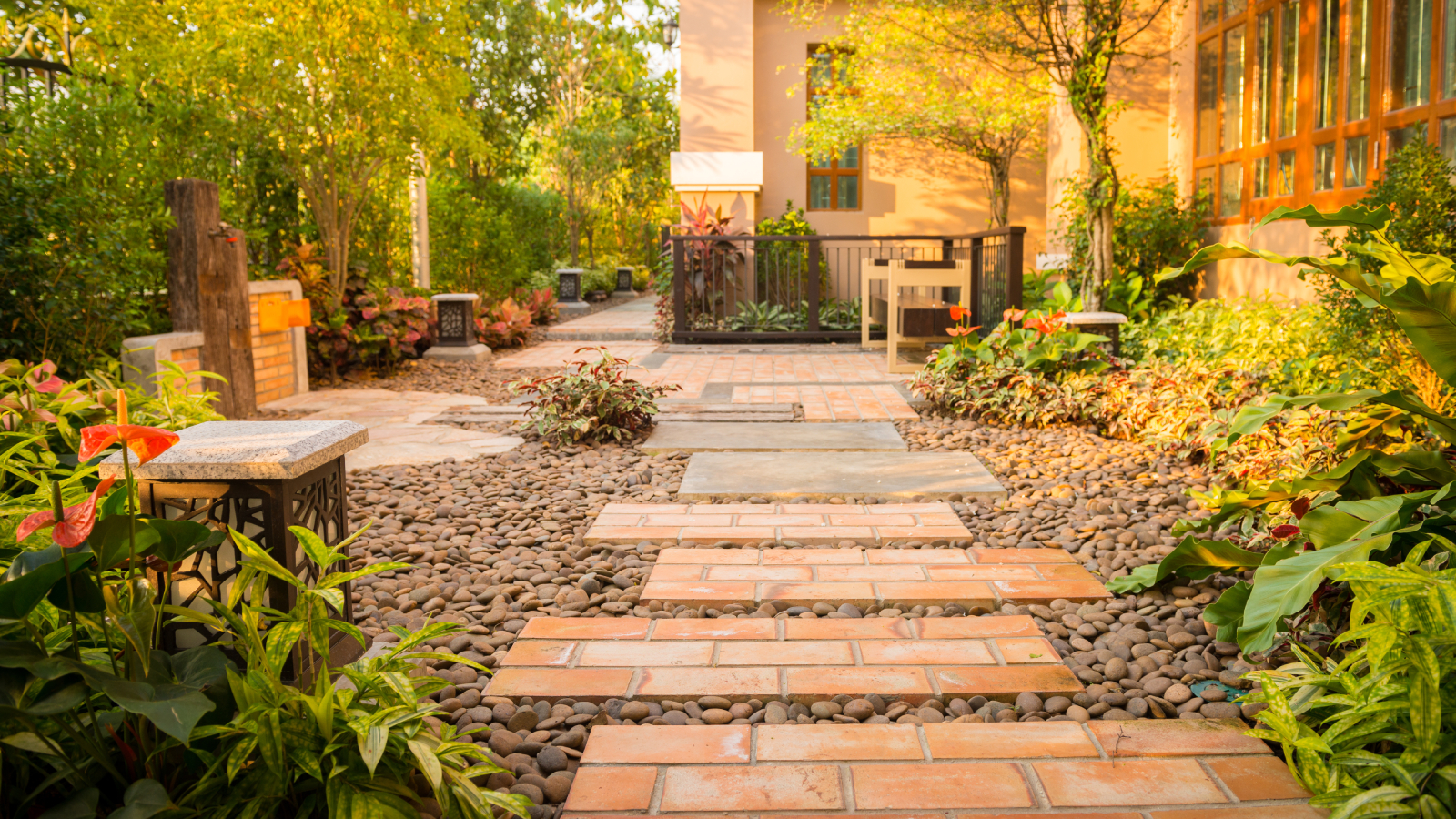The castle that is aiming to become the UK’s first ever net-zero castle
The owner of this 800-year-old castle is on a mission to make it more sustainable with a range of eco-friendly features
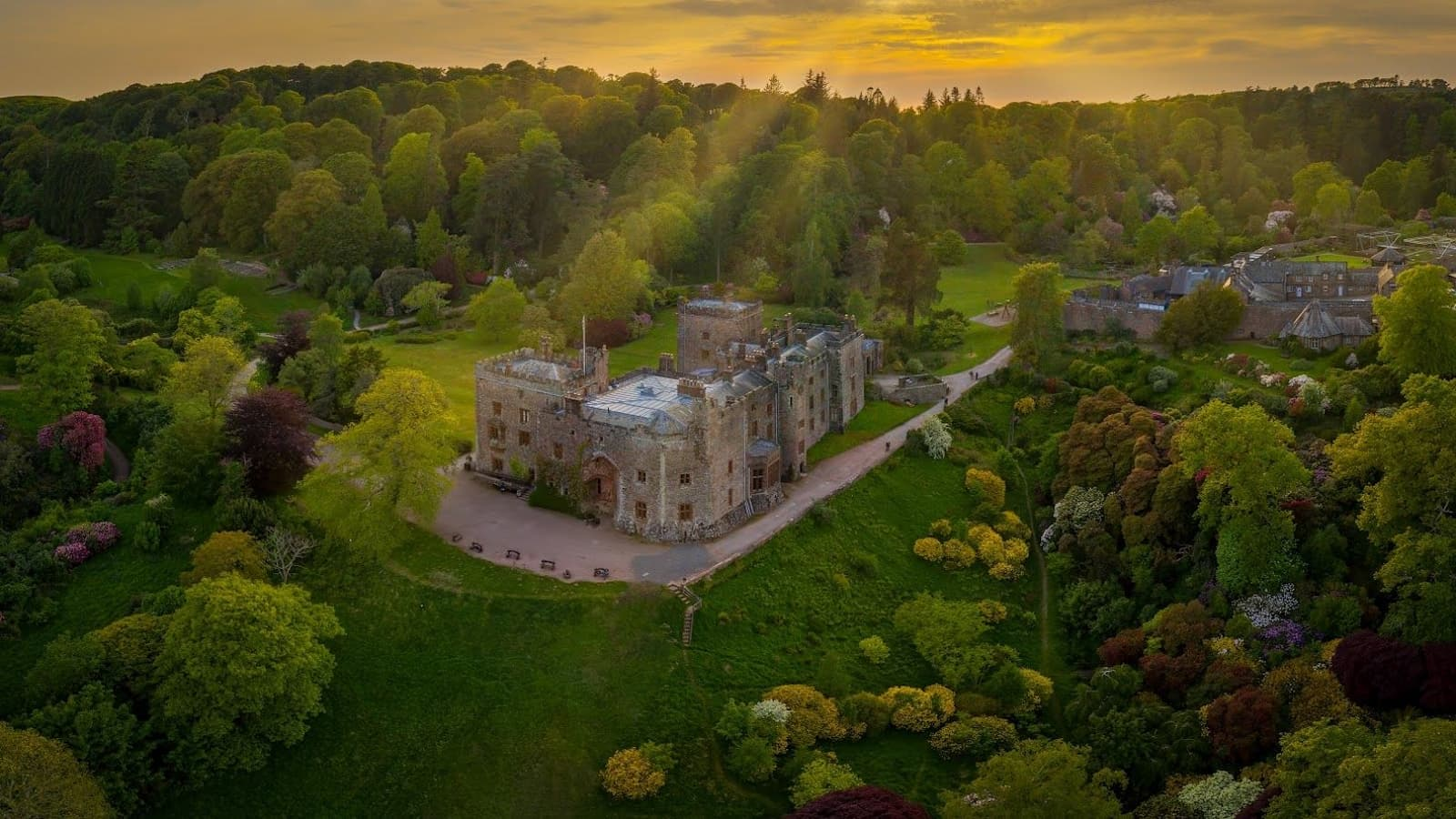
Muncaster Castle, an 800-year-old historic estate in Cumbria, is making history again – this time as it strives to become the UK’s first carbon-zero castle.
The Pennington family is transforming their ancestral home into a model of sustainability, installing renewable energy systems to help with running costs.
These systems include solar panels, a heat pump and a living wall with further plans announced in order to turn this historic castle into an inspiring eco homes.
Preserving the past, powering the future
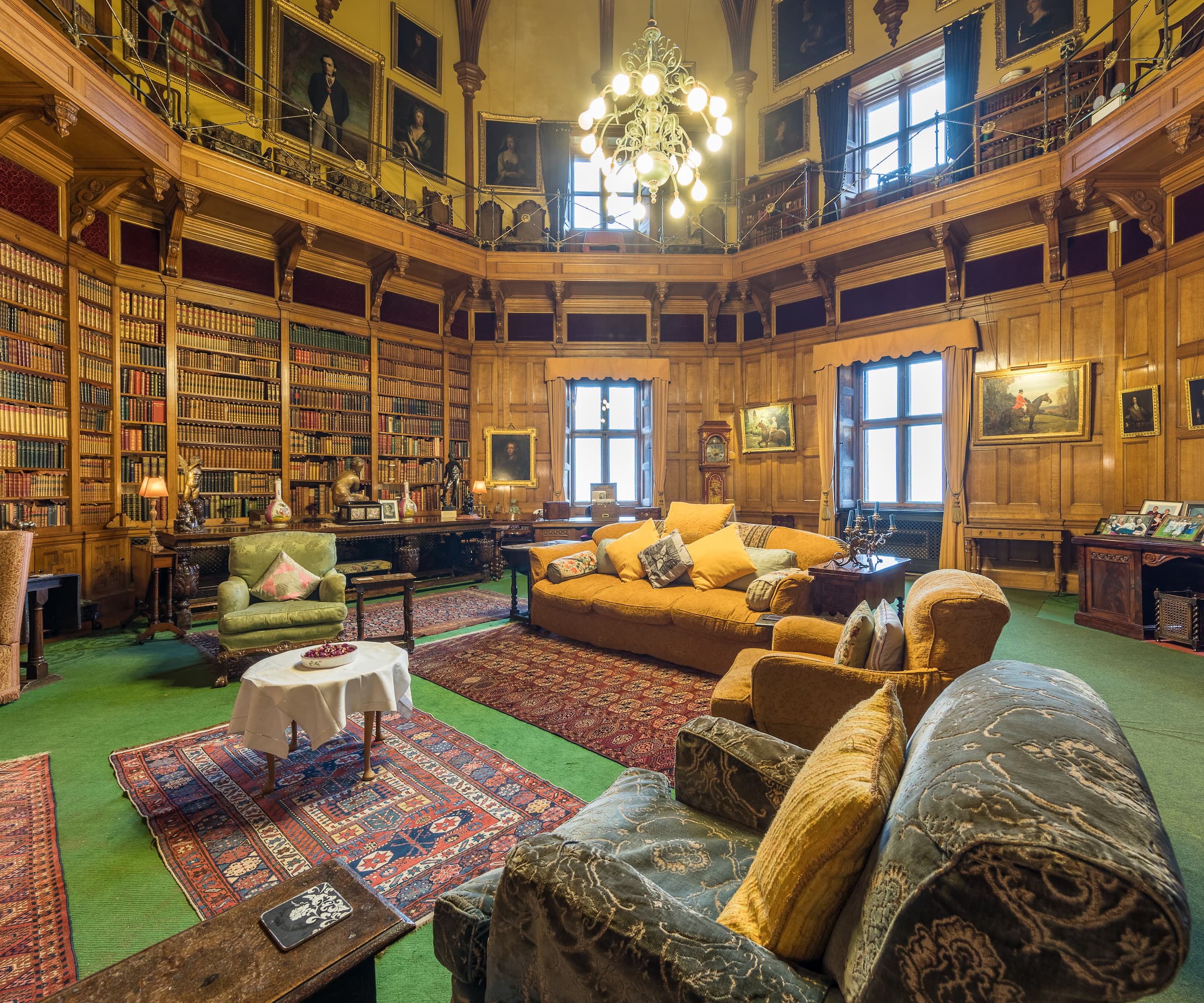
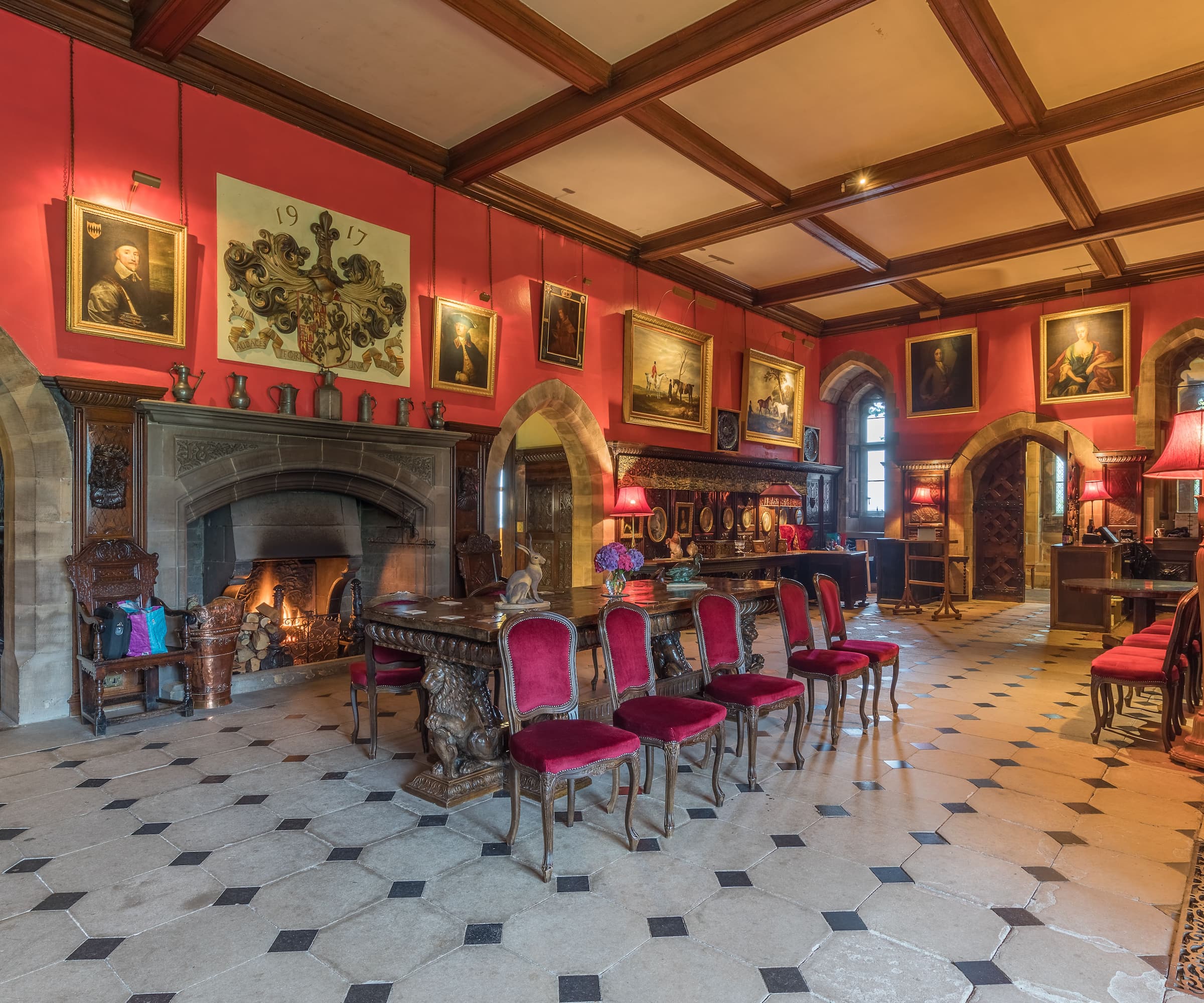
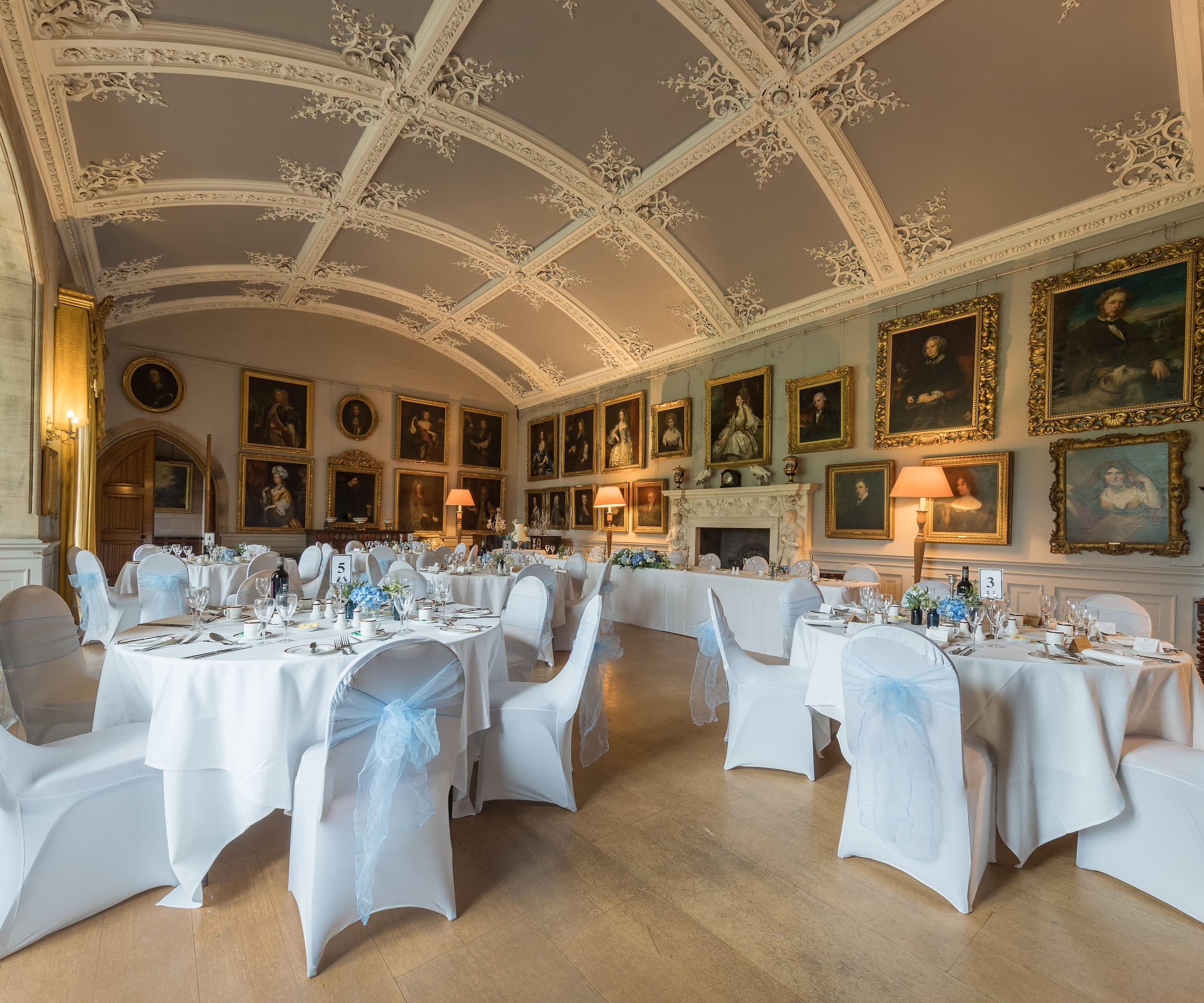
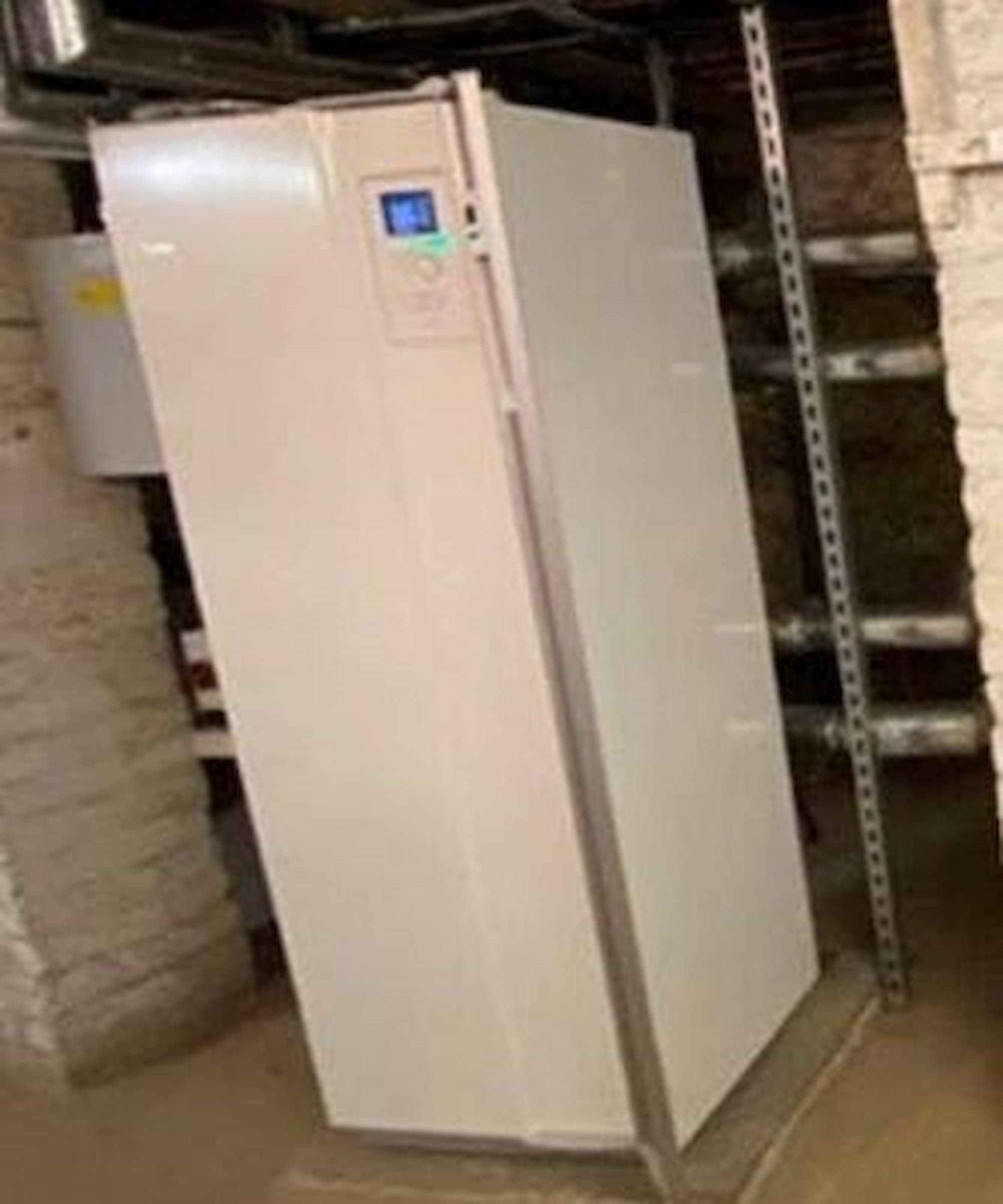
For Ewan Frost-Pennington, operations director of Muncaster Castle, sustainability is a family mission.
“Muncaster, while beautiful, is large and very difficult to heat without risking bankruptcy,” he explained. “We generally opt for jumpers and thick socks instead of heating, but we needed a long-term solution.”
Previously the castle would use its 80 fireplaces and coal-powered boiler to stay warm, with its stone walls good for trapping in heat for long periods. However, this is not suitable or sustainable for the modern day with coal prices and no servants to constantly service the fires.
Ewan said heat pumps solve this heating problem as, "Heat pumps replicate the traditional form of heating old buildings, as they perform best when operated constantly during the cold periods to provide background heat."
Get the Homebuilding & Renovating Newsletter
Bring your dream home to life with expert advice, how to guides and design inspiration. Sign up for our newsletter and get two free tickets to a Homebuilding & Renovating Show near you.
The castle’s transition towards net-zero carbon emissions has already made impressive progress. A ground source heat pump system now provides warmth for three-quarters of the castle while maintaining a stable temperature beneficial to its historic contents.
The installation of solar batteries and solar panels to store excess power, a smart electric commercial oven for catering and sustainable heating in public areas mark further milestones.
Innovative green features, including a living wall
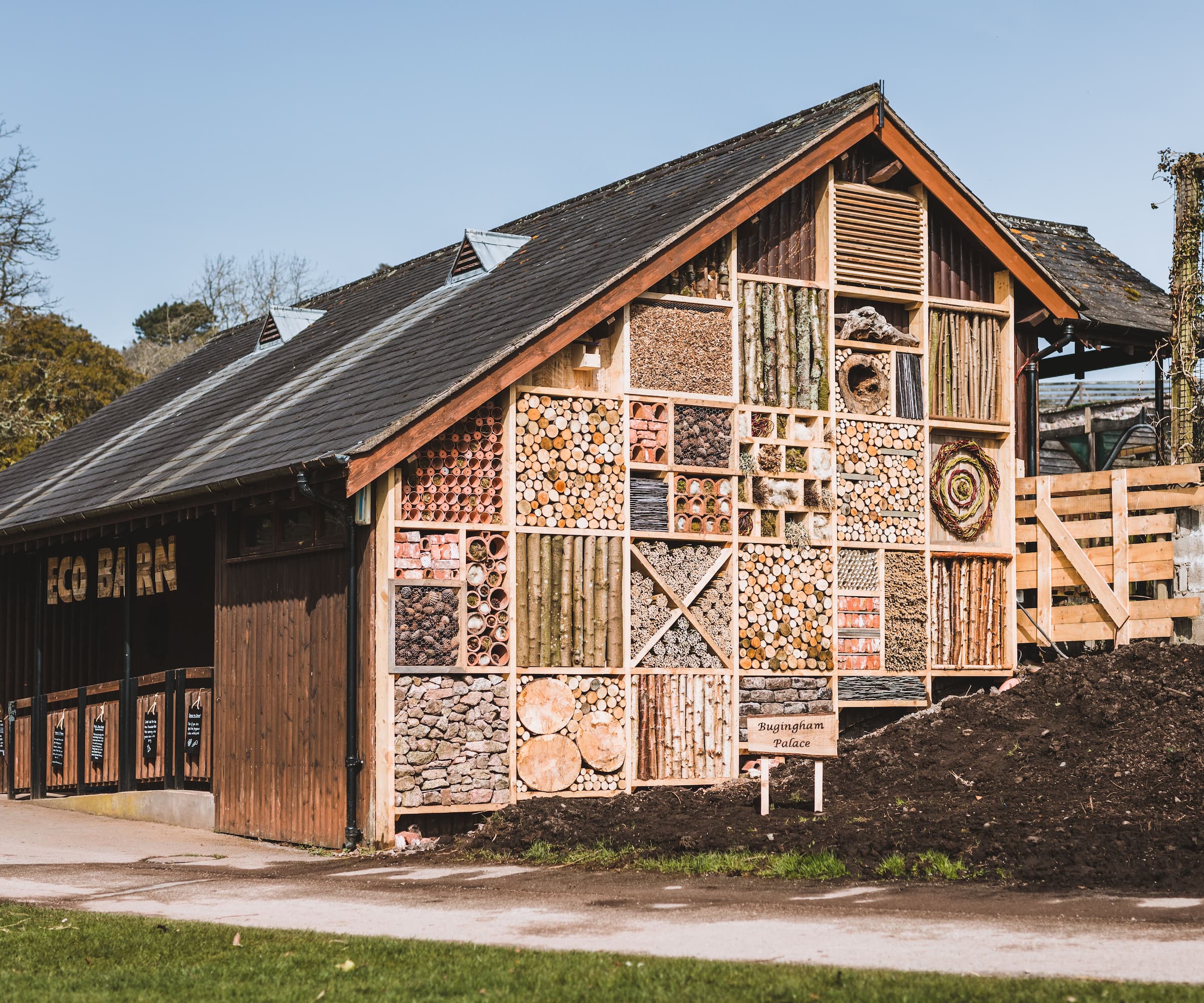
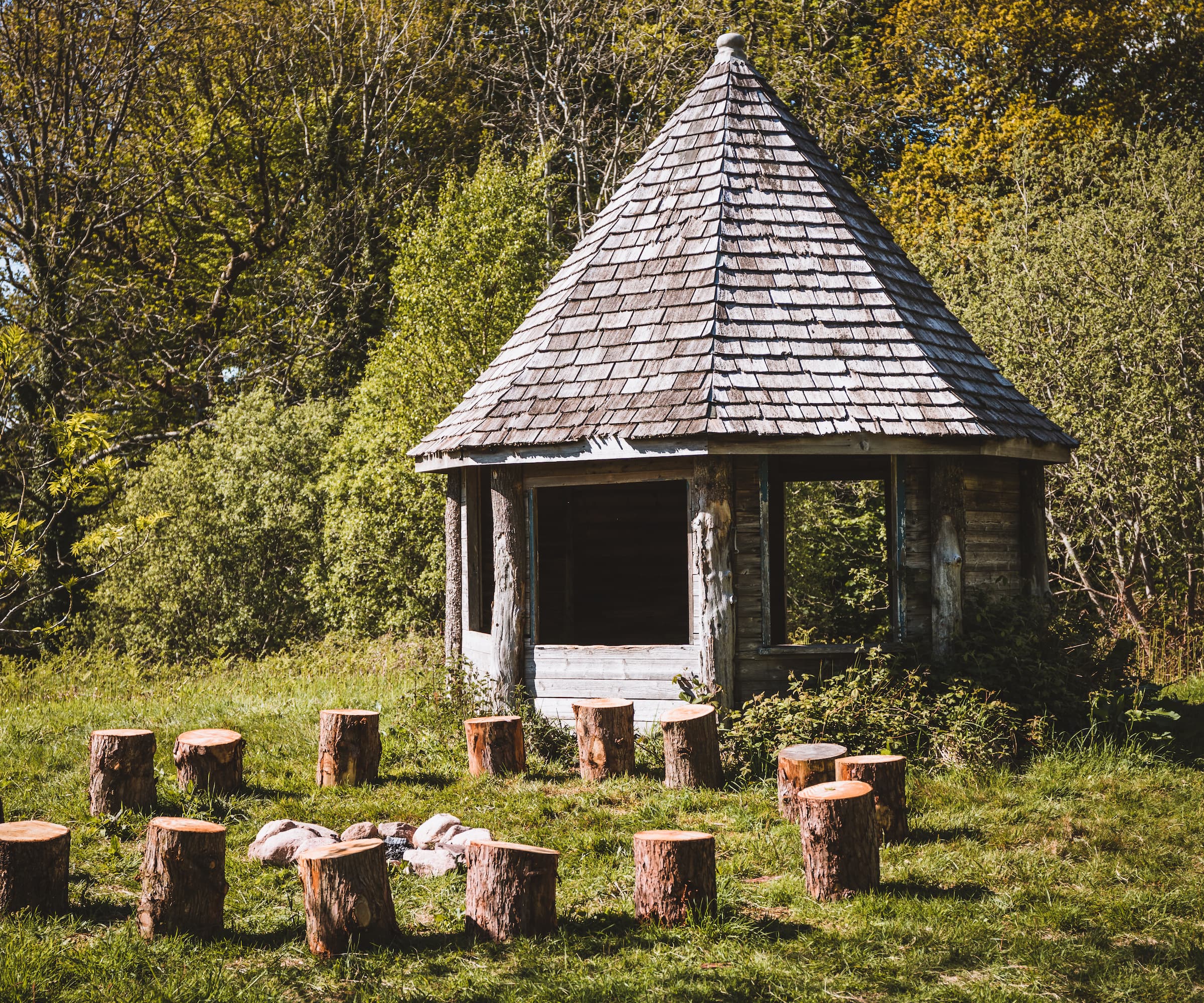
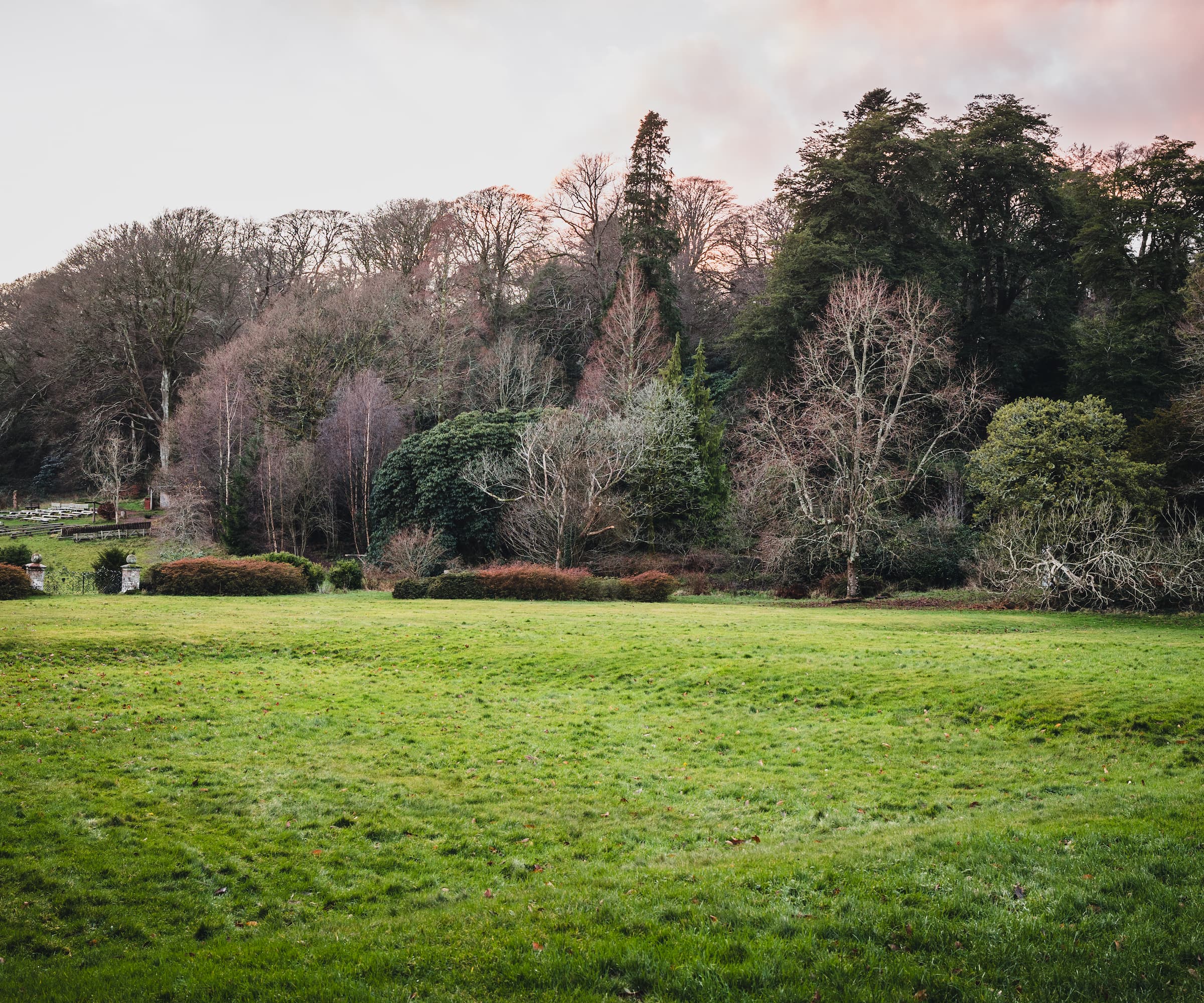
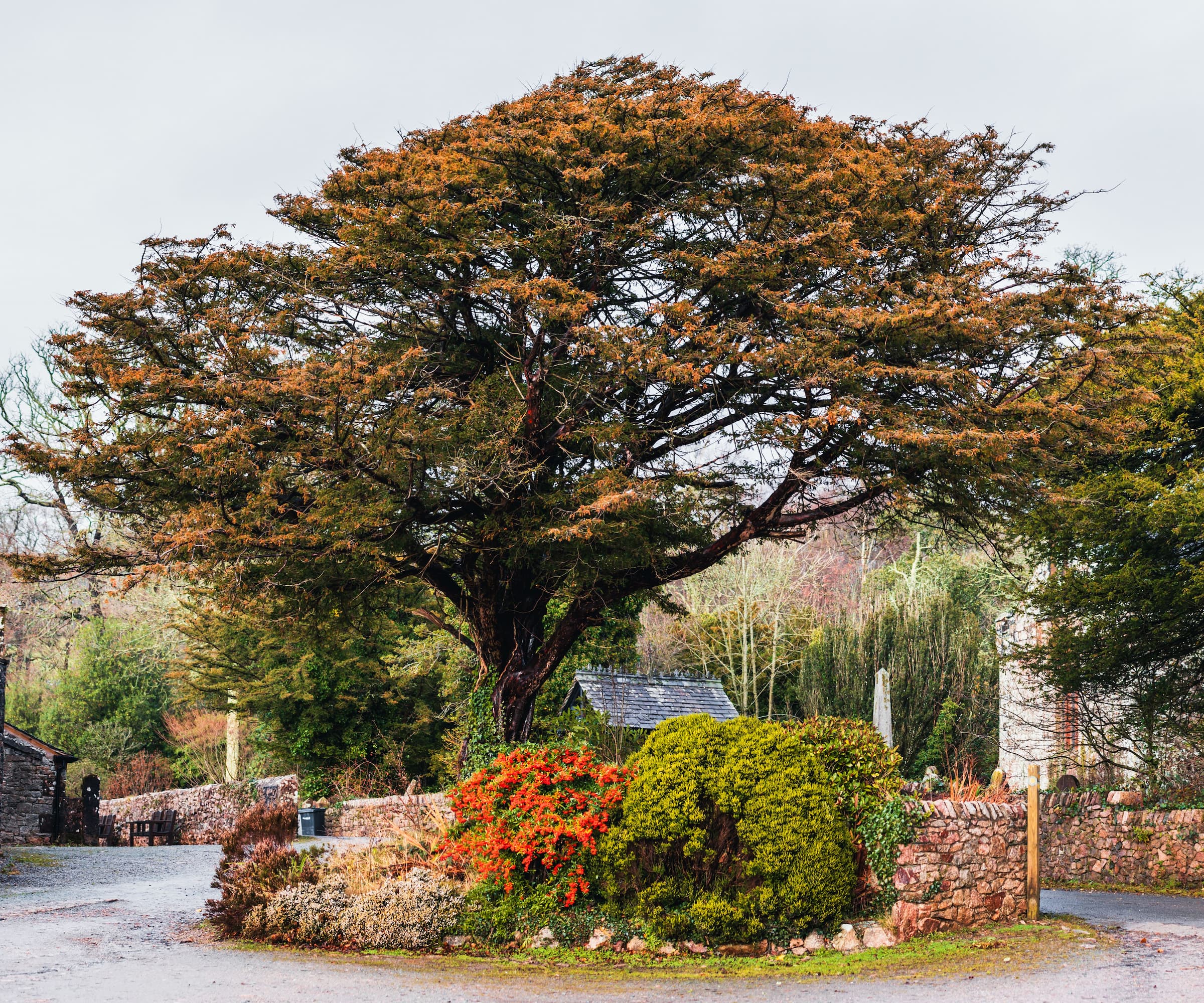
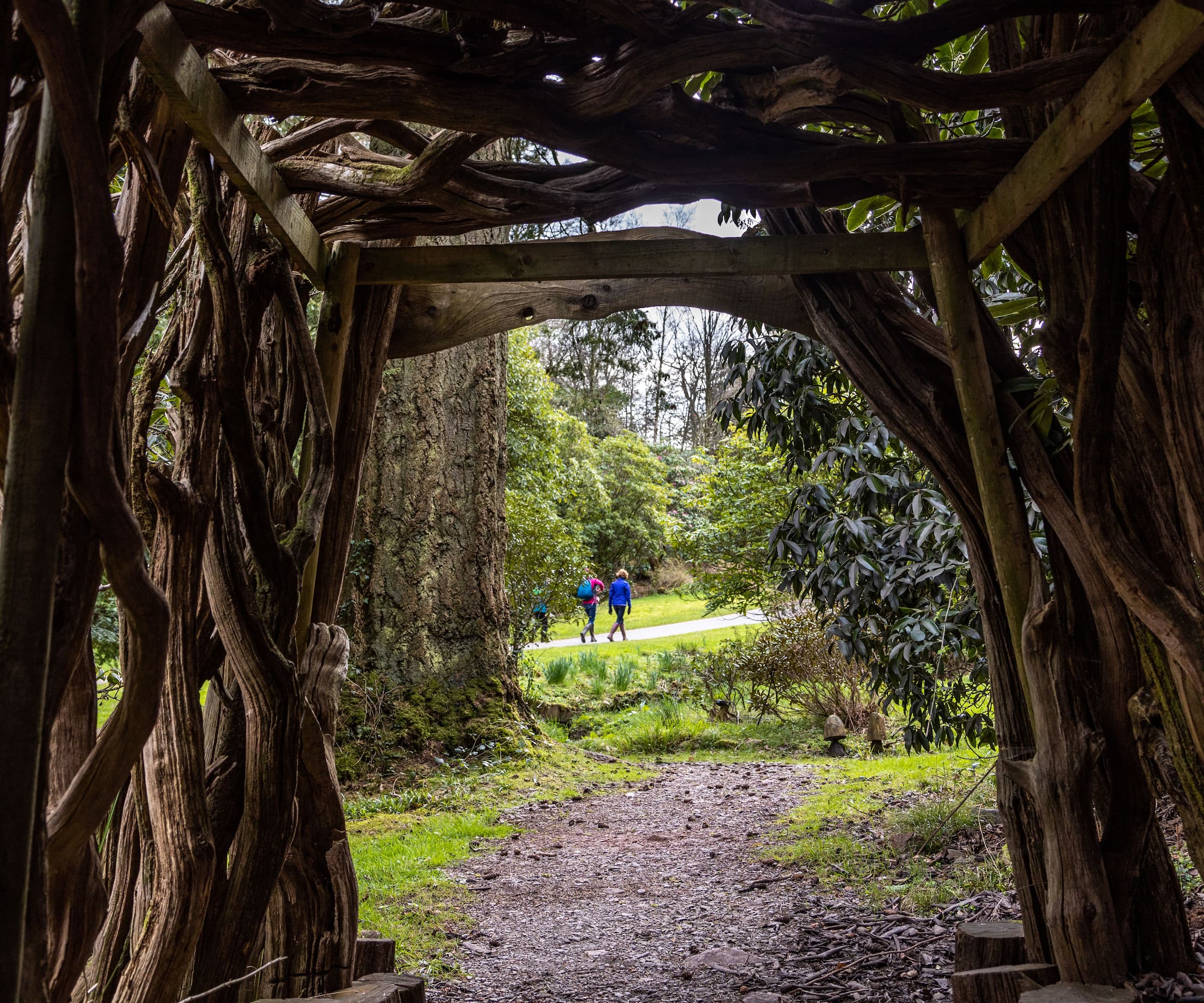
Muncaster’s sustainability efforts go beyond heating solutions. A newly-installed living wall on an outbuilding provides natural insulation while supporting the local ecosystem.
The vertical garden, covered in native plants and wildflowers, helps absorb carbon dioxide, enhance biodiversity and create a visually striking addition to the estate.
“The living wall is a small but significant step in our broader sustainability strategy,” Ewan said. “It’s about integrating nature into our built environment and reducing our impact where possible.”
The long road to a carbon-free future
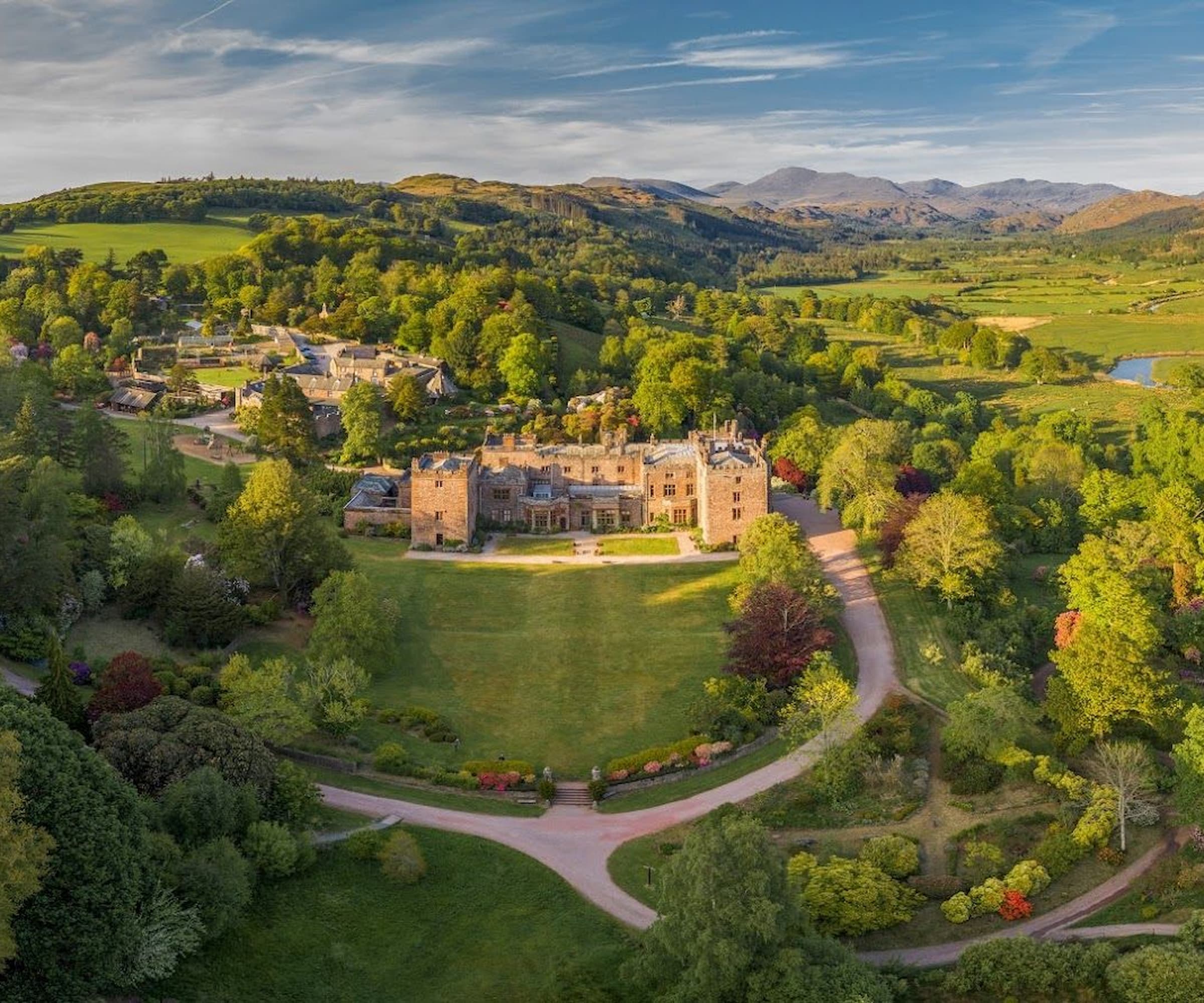
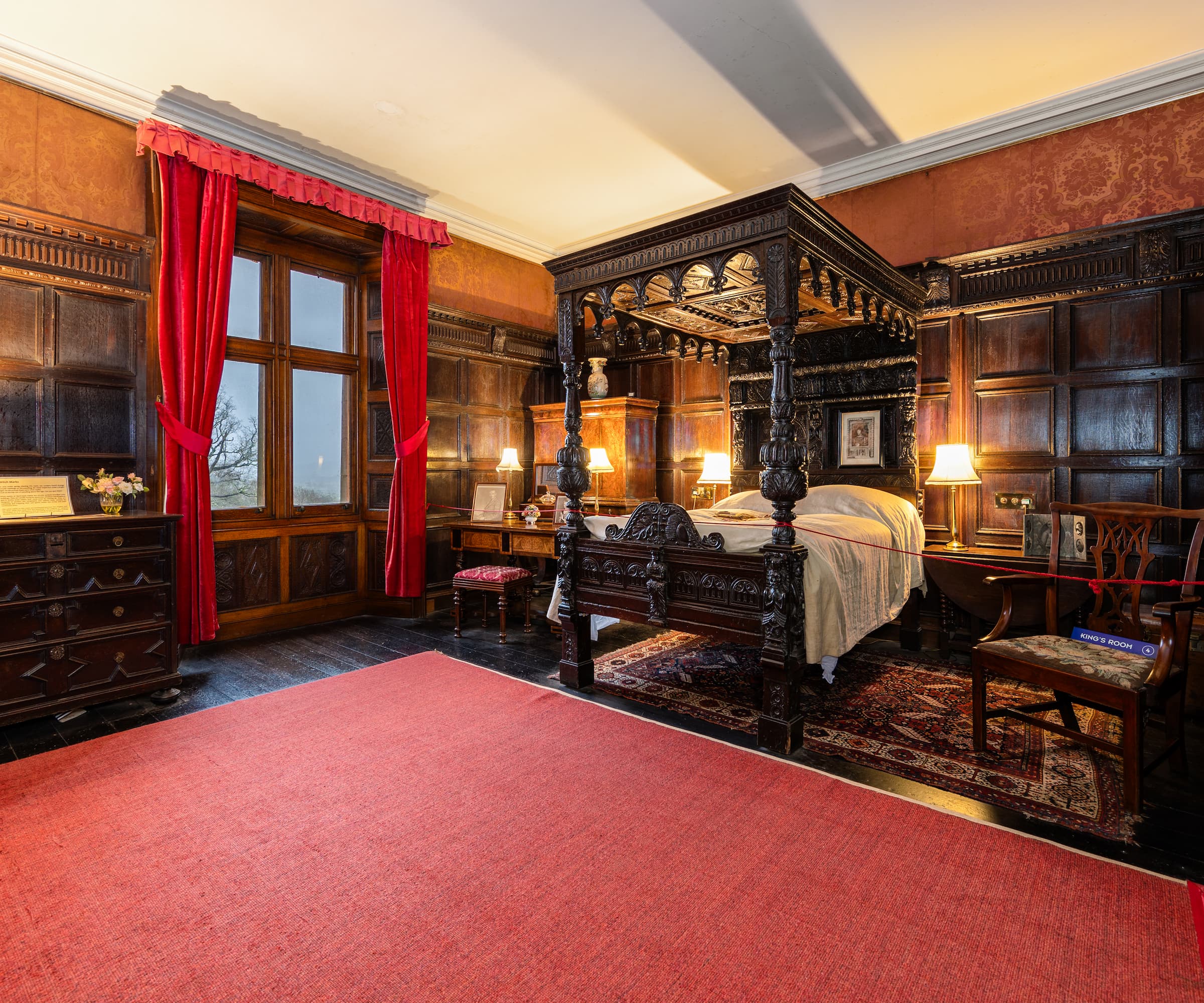
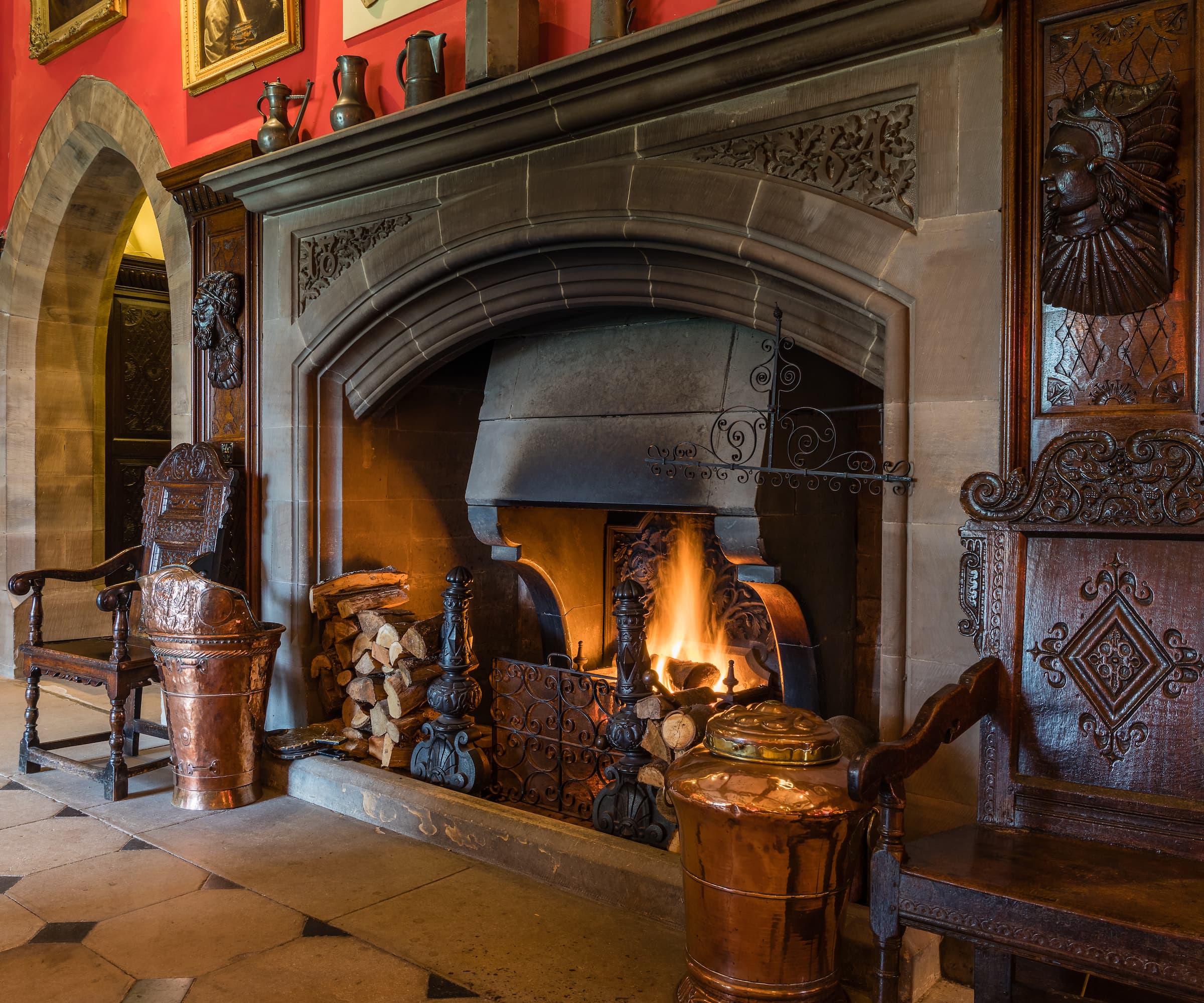
Despite its progress, the castle’s journey to carbon neutrality is far from over.
Future projects include additional solar panels on estate buildings, electric vehicle charging points and secondary glazing for windows to improve insulation. The team is also considering expanding the ground source heating system to other buildings within the estate.
“Our sustainable heating solution has enabled us to look at even more possibilities,” Ewan said. “We’re researching ways to further reduce our footprint while maintaining the integrity of Muncaster’s history.”
As the castle takes bold steps toward a carbon-free future, Ewan remains optimistic: “If historic estates like ours can transition to renewable energy, it proves that sustainability and heritage can go hand in hand.”
Muncaster Castle’s net-zero mission stands as an inspiring example of how historic homes can lead the way in tackling climate change - one heat pump, solar panel, and living wall at a time.

News Editor Joseph has previously written for Today’s Media and Chambers & Partners, focusing on news for conveyancers and industry professionals. Joseph has just started his own self build project, building his own home on his family’s farm with planning permission for a timber frame, three-bedroom house in a one-acre field. The foundation work has already begun and he hopes to have the home built in the next year. Prior to this he renovated his family's home as well as doing several DIY projects, including installing a shower, building sheds, and livestock fences and shelters for the farm’s animals. Outside of homebuilding, Joseph loves rugby and has written for Rugby World, the world’s largest rugby magazine.
